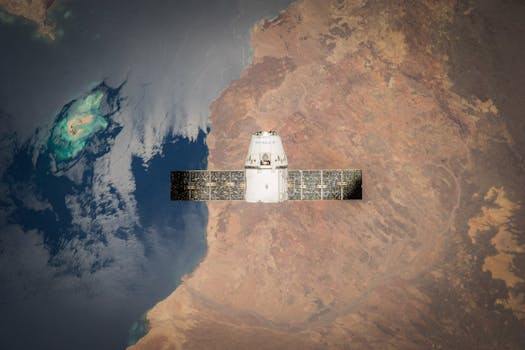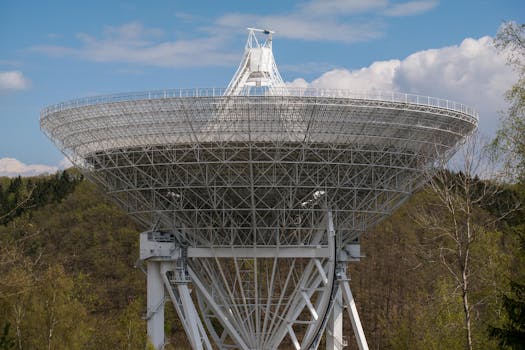
GEO Satellites: Understanding the Role of Geostationary Satellites in Modern Telecommunications
GEO satellites, or geostationary satellites, are a type of satellite that orbits the Earth at an altitude of approximately 36,000 kilometers, remaining stationary relative to a fixed point on the planet. This unique characteristic allows GEO satellites to provide a wide range of services, including television broadcasting, telecommunications, and weather forecasting. In this article, we will explore the role of GEO satellites in modern telecommunications and their importance in our daily lives.
GEO satellites were first launched in the 1960s, and since then, they have become an essential part of modern telecommunications. One of the primary advantages of GEO satellites is their ability to provide coverage over a wide area, making them ideal for applications such as television broadcasting and telecommunications. Additionally, GEO satellites can be used to provide internet connectivity to remote areas, where traditional infrastructure is limited or non-existent.
The Benefits of GEO Satellites

The benefits of GEO satellites are numerous, and they have revolutionized the way we communicate and access information. Some of the key benefits of GEO satellites include their ability to provide high-speed internet connectivity, television broadcasting, and telecommunications services to remote areas. Additionally, GEO satellites can be used to provide critical services such as weather forecasting, navigation, and emergency communications.
GEO satellites have also played a crucial role in the development of modern telecommunications, enabling the transmission of data, voice, and video signals over long distances. This has facilitated global communication, commerce, and economic growth, and has had a significant impact on our daily lives. Furthermore, GEO satellites have enabled the creation of new industries and services, such as satellite television, satellite radio, and satellite-based navigation systems.
The Applications of GEO Satellites

The applications of GEO satellites are diverse and widespread, and they have become an essential part of modern life. Some of the key applications of GEO satellites include television broadcasting, telecommunications, weather forecasting, navigation, and emergency communications. Additionally, GEO satellites are used to provide high-speed internet connectivity to remote areas, and to support critical services such as search and rescue operations, disaster relief, and environmental monitoring.
GEO satellites have also been used to support scientific research and exploration, enabling scientists to study the Earth’s climate, oceans, and land surfaces. This has led to a greater understanding of our planet and its systems, and has informed policy and decision-making at the national and international levels. Furthermore, GEO satellites have enabled the creation of new technologies and services, such as satellite-based Earth observation, satellite-based navigation, and satellite-based communications systems.
The Future of GEO Satellites

The future of GEO satellites is exciting and promising, with new technologies and innovations emerging all the time. One of the key trends in the development of GEO satellites is the use of advanced materials and manufacturing techniques, which are enabling the creation of smaller, lighter, and more efficient satellites. Additionally, the development of new propulsion systems and power sources is enabling GEO satellites to operate for longer periods and to provide more services and applications.
Another key trend in the development of GEO satellites is the use of satellite constellations, which involve the launch of multiple satellites into orbit to provide global coverage and services. This approach is enabling the creation of new services and applications, such as global satellite-based internet connectivity, and is revolutionizing the way we communicate and access information. Furthermore, the development of new business models and regulatory frameworks is enabling the growth of the GEO satellite industry, and is creating new opportunities for investment and innovation.
In conclusion, GEO satellites play a crucial role in modern telecommunications, providing a wide range of services and applications that are essential to our daily lives. From television broadcasting and telecommunications to weather forecasting and emergency communications, GEO satellites have revolutionized the way we communicate and access information. As new technologies and innovations emerge, the future of GEO satellites is exciting and promising, and it will be interesting to see how they continue to shape and transform our world.
See more:





